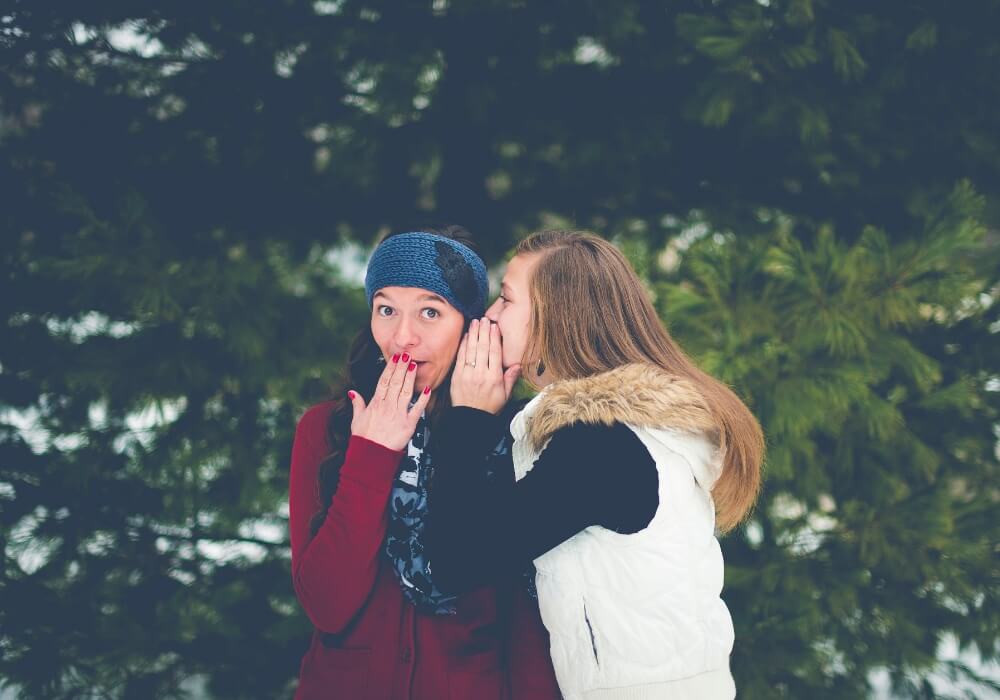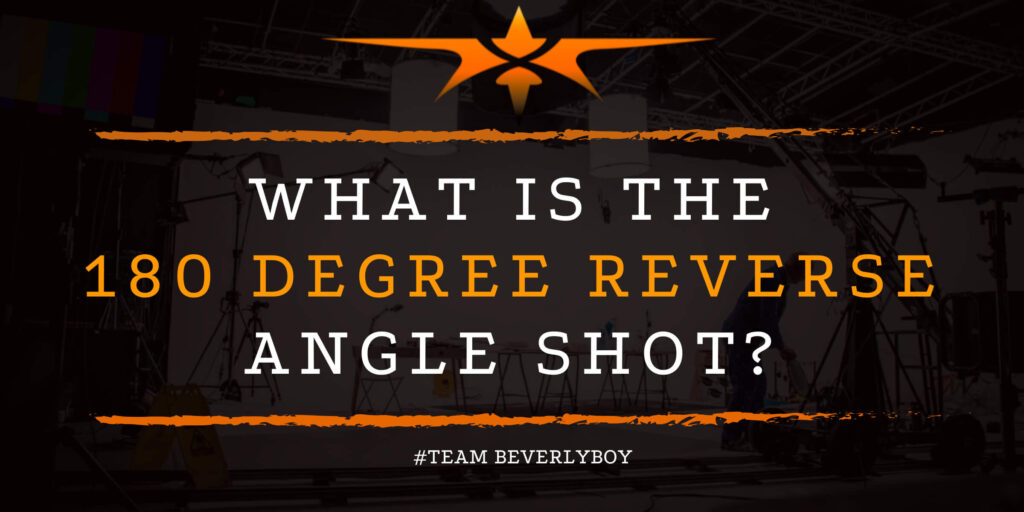What is the 180 Degree Reverse Angle Shot?
Capturing a reverse cut shot is something that cinematographers can spend a lot of time trying to perfect. Also more commonly known as the reverse angle shot. The reverse cut is captured from the opposite 180° angle of the previous shot. Which is why it’s also sometimes called the 180 degree reverse angle shot. Filmmakers use this shot to show a character’s reaction to the previous shot. And to push the pacing of a film along more rapidly.

Using the 180 degree reverse angle shot, camera operators intermittently alter shots for continuity. And, upon editing, the shots provide the audience a visual connection to the continuous action of the scene. Thus, the audience will feel as if they are experiencing the action in real time.
What is the 180 Degree Reverse Angle Shot?
The 180 degree reverse angle shot is actually known more commonly by several other terms. Including the reverse angle shot or shot reverse shot. It may also be referred to as a reverse cut.
Regardless of how this shot is described, the outcome is a classic technique which offers the audience a glimpse into a character’s reaction.
Shot reverse shot, or the 180 degree reverse angle shot, is frequently used in dialogue scenes. To show character’s reacting to the communication taking place between the two of them.
Cinematographers alter the focal length, depth of field, and movement of the camera in order to achieve various psychological effects with this shot.
How is the 180 Degree Reverse Angle Shot Achieved?
Capturing the 180 degree reverse angle shot is largely a matter of planning. Various steps can be taken to achieve the shot depending on the underlying details of the scene.
Many filmmakers capture the shot using an over-the-shoulder shot. Which allows the cinematographer to establish a particular mood and tone through a traditional setup.
Shot reverse shot may also be captured through a mirror’s reflection. In this case, the 180 degree reverse angle shot involves filming opposite angles of a mirrored reflection. So that the camera can slowly track to a tight shot of the character.
Camera Movement
For some reverse angle shots, camera movement is the key. Smooth camera movement between two characters that are conversing would signify a situation that is under control.
Whereas if the movements were to be jerky or unsteady the audience would get an uneasy feeling as if the situation is not well-controlled.
Capturing the 180 degree reverse angle shot is all about incorporating the use of camera movement and framing. Such that the reverse shot provides a direct insight into the character’s reaction during a conversation or action taking place within a scene.


